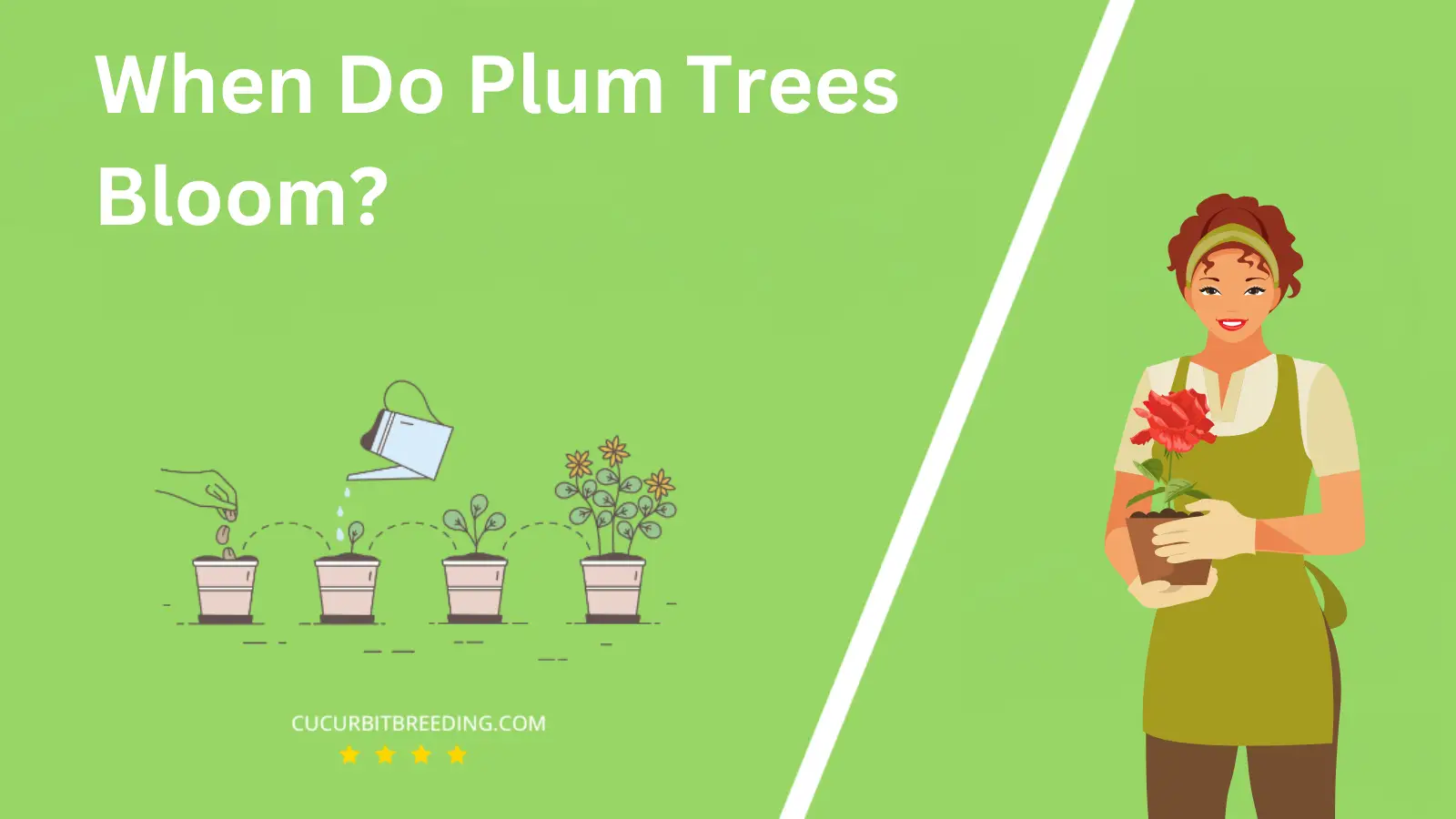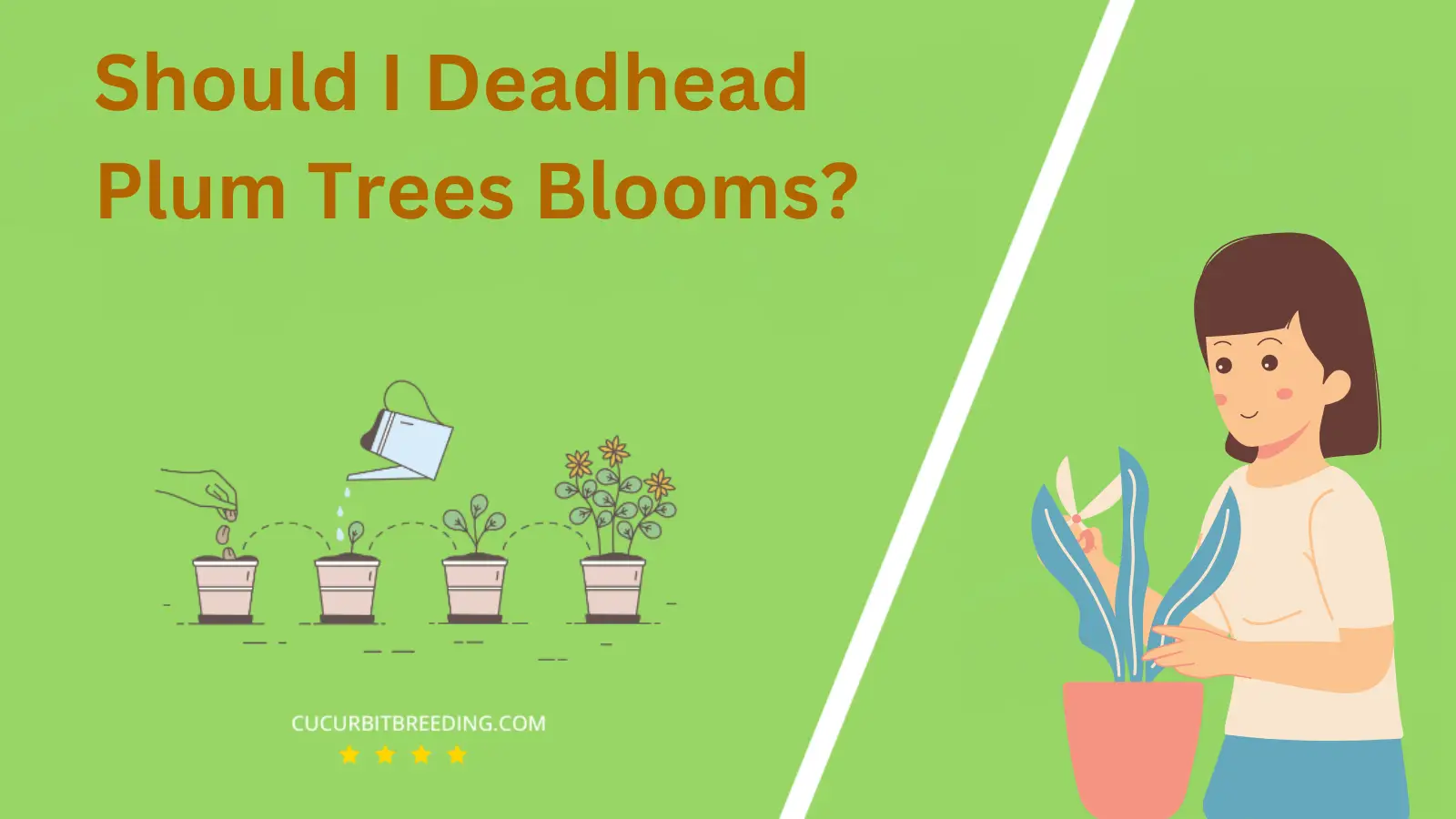
Have you ever wondered, “When do plum trees bloom?” This question piques the curiosity of many horticulture enthusiasts and homeowners alike. After all, the sight of a plum tree in full bloom is truly a spectacular one.
Understanding the blooming cycle of plum trees is not just about aesthetics, it’s also crucial for successful fruit production. So, let’s delve into the fascinating world of plum blossoms.
When Do Plum Trees Bloom?
Plum trees typically bloom in early spring, often in March or April, depending on the local climate and specific plum variety. These timing can vary due to different weather conditions. The blossoming of the tree is a spectacular sight, with flowers ranging from white to a deep pink.
| Stage | Description |
|---|---|
| Germination | Spring (March-April) |
| Growth | (Spring) March to May |
| Blooming | Spring (March, April, May) |
| Dormancy | Winter (December, January, February) |
How Long Do Plum Trees Bloom?
Plum trees typically bloom for a period of one to two weeks. This period usually occurs in early spring, although the exact timing may vary depending on the climate and the specific variety of the plum tree.
How Light Affects Plum Trees Blooms?
Light is a critical element in the blooming process of plum trees. Plum trees require full sun exposure, ideally 6 to 8 hours a day, to produce the energy necessary for abundant blooms. This sun exposure allows the tree to undergo photosynthesis, a process that converts light into chemical energy, necessary for blossom and fruit development.
Without adequate light, plum trees may not bloom as expected. Lack of sunlight can lead to fewer flowers and subsequently fewer fruits. Therefore, when planting plum trees, it’s crucial to ensure that the selected site receives ample sunlight throughout the day for optimal blooming.
Will Plum Trees Bloom the First Year You Plant Them?
Typically, plum trees do not bloom in the first year after you plant them. Most plum trees require several years of growth before they can start producing flowers. This is because the tree needs to establish a strong root system and grow to a certain size before it can support the energy demands of blooming and fruiting. The specific time frame can vary depending on the type of plum tree and the conditions in which it’s grown, but it generally takes between 3 to 6 years for a plum tree to start blooming.
Will Plum Trees Bloom Every Year?
Yes, plum trees bloom every year. They usually start blooming in early spring, depending on the specific variety and the climate in which they are grown. However, it’s important to note that a plum tree’s ability to bloom every year can be affected by several factors, such as weather conditions, soil health, and proper care and maintenance.

Should I Deadhead Plum Trees Blooms?
No, you should not deadhead plum tree blooms. Deadheading, or removing spent flowers, is a common gardening practice for many flowering plants to promote further blooming. However, this practice is not recommended for plum trees. Plum trees, like other fruit trees, need their flowers to produce fruit. If you remove the flowers, you will reduce the tree’s ability to produce plums.
Top Reasons Mature Plum Trees May Stop Flowering

The primary reasons mature plum trees may stop flowering include inadequate sunlight, poor nutrient balance, and improper pruning.
Inadequate sunlight: Plum trees need full sun exposure for good growth and flowering. If the tree is shaded by other trees or structures, it may not flower effectively.
Poor nutrient balance: Plum trees require a certain balance of nutrients to flower. Too much nitrogen can result in lush leaf growth at the expense of flowers, while a lack of phosphorus or potassium can also hinder flowering.
Improper pruning: Pruning is essential to stimulate growth in plum trees. However, if done incorrectly, it can discourage flowering. Over-pruning can remove the buds that would have developed into flowers, while under-pruning can lead to a dense canopy that shades lower buds and hinders their development.
Other potential reasons include disease and pests that could damage the tree and inhibit its ability to flower, as well as age since very old trees may naturally decrease their flower production.